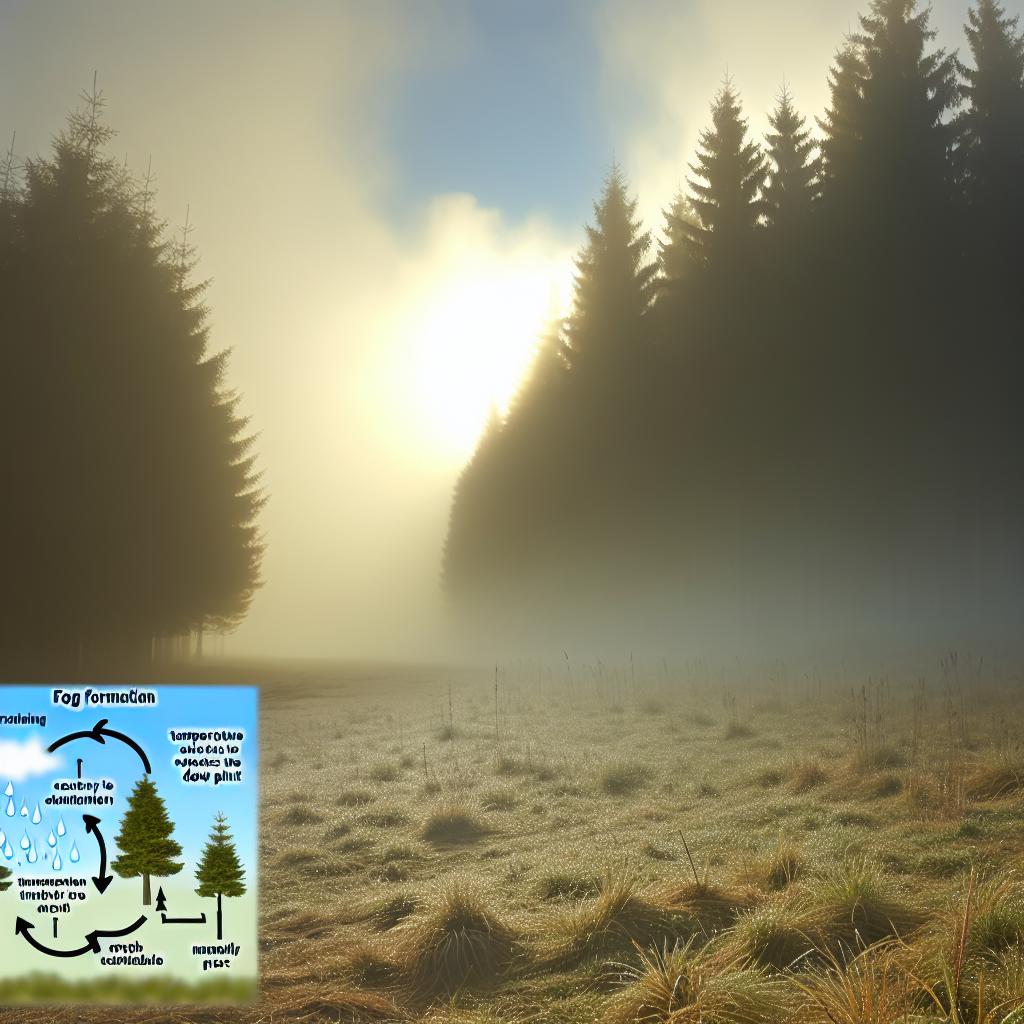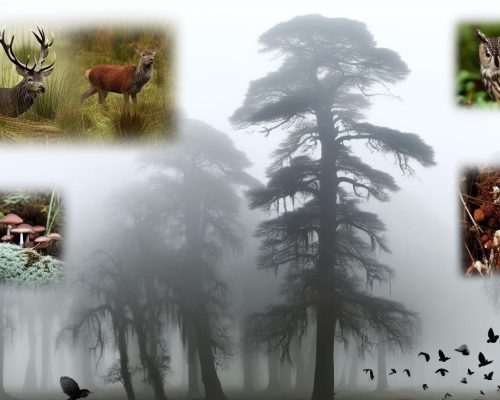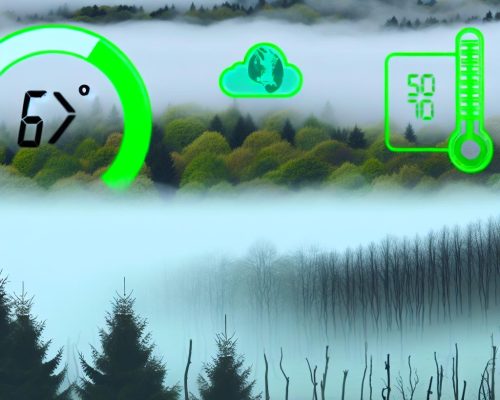
What is Fog? A Basic Overview
Understanding Fog
Fog is a fascinating meteorological phenomenon that can dramatically alter the appearance of a landscape. It is essentially a cloud in contact with the ground, comprising tiny water droplets suspended in the air. This natural occurrence plays a significant role in diverse ecosystems and can affect transportation and daily life.
Formation of Fog
Fog forms when there is a rapid cooling of air near the earth’s surface. The process typically involves the cooling of moist air, leading to condensation. Several conditions can trigger this cooling, with the most common being the loss of heat at night. When the ground cools quickly after sunset, it cools the air directly above it. If this air contains moisture, it may condense into tiny droplets, forming fog.
Types of Fog
Fog can be categorized into different types based on how it forms. One common type is radiation fog, which develops on calm, clear nights with cooling of the ground. Advection fog, on the other hand, occurs when warm, moist air moves over a cooler surface, cooling it to the dew point. Valley fog forms in mountain valleys, often due to temperature inversion and the pooling of air. Sea fog results from the sea surface cooling beneath a warm, moist airstream.
Radiation Fog
This type is frequently observed in regions where nights are longer, allowing for extended cooling periods. The characteristics of radiation fog include a shallower formation where it primarily affects areas near the ground like fields, meadows, and valleys. The interaction of the cooling ground and the moist air can result in varying intensities of fog, which can often dissipate as the day progresses and temperatures begin to rise.
Advection Fog
Advection fog is typically more extensive and thicker compared to other fog types. It is often noticed in coastal regions where ocean breezes interact with cooler land surfaces. This interaction causes a progressive cooling of the air mass until fog forms. Unlike radiation fog, advection fog can occur at any time of the day and can persist for longer periods, often requiring a change in wind direction or other weather patterns to dissipate.
Valley Fog
In mountainous regions, valley fog is a common occurrence, usually forming in the cooler months. The geographical characteristics of valleys create natural environments where cold air pools, leading to temperature inversions. As warm air rises, cooler air is trapped in the valley, causing moisture to condense and form fog. This type can last for several days, as the surrounding mountains act as barriers preventing wind from dispersing the fog.
Sea Fog
Sea fog results from the interaction between warm moist air and cooler ocean surfaces. It is commonly observed along coasts with cold ocean currents. This type of fog can significantly affect maritime activities, making navigation challenging. Sea fog often drifts inland, impacting coastal towns and ecosystems. Being highly persistent, it requires changes in air masses or warm fronts to clear.
Fog and Visibility
One of the most immediate impacts of fog is its effect on visibility. When dense, fog can reduce visibility to less than 1 km (0.6 miles). This often poses challenges to transportation, making driving, sailing, and flying more hazardous. As a result, understanding fog’s formation and patterns is crucial for weather forecasting and safety.
Impact on Transportation
Fog’s reduction in visibility is a major concern for various modes of transportation. For instance, road transport authorities often issue warnings during heavy fog, recommending reduced speeds and disturbances due to potential disruptions. Airports may experience delays or cancellations as planes require clear conditions to safely take off and land. Maritime activities face navigational hazards, requiring the use of radar and other navigation aids to avoid accidents.
Technological Advances in Fog Management
Technological advances have proven vital in managing fog-related disruptions. Modern radar and imaging technologies allow for accurate detection and mapping of fog-affected areas. In aviation, enhanced ground and cockpit systems, such as the Instrument Landing System (ILS), assist pilots in landing safely even with minimal visibility. These technological enhancements continue to evolve, reducing fog’s disruptive impact on transportation systems.
Interesting Facts about Fog
Fog is not just a guardian of mystery in literature and film. It is also a subject of scientific study. Researchers explore its microphysical properties and how it affects weather patterns and ecosystems. Such research includes studying the scattering of light by fog droplets, interaction with pollutants, and its role as a medium for chemical reactions in the atmosphere. For more detailed insights on meteorological studies, you might find resources from institutions such as the National Oceanic and Atmospheric Administration (NOAA) helpful.
Fog’s Role in Ecosystems
Within ecosystems, fog plays a crucial part in the hydrological cycle, particularly in arid regions. It provides much-needed moisture, sustaining plant and animal life. Certain landscapes rely on fog as a primary water source where rainfall is infrequent. In cloud forests, for example, plants adapt to capture moisture from the fog, maintaining biodiversity in otherwise challenging conditions.
Conclusion
In conclusion, fog is more than just a picturesque element of nature. Understanding its formation, types, and effects is important for both meteorology and safety. Whether moving swiftly through mountain passes or blanketing urban areas, fog is a compelling reminder of the atmosphere’s complexity. Scientific advancements continue to provide insights into this atmospheric phenomenon, offering improved ways to predict, manage, and appreciate its intricacies.






